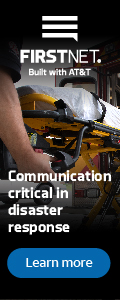NHTSA Announces Release of 2021 National EMS Education Standards
December 7, 2021
After a community-wide, collaborative effort, the newly updated National EMS Education Standards are now available. The standards outline the critical topics to be covered in the initial education of EMS clinicians, based on the latest version of the National EMS Scope of Practice Model as well as recent research and best practices.
The document defines the competencies, clinical behaviors, and judgments required of EMS personnel to perform their roles. They provide a high-level outline of those topics and do not replace the need to develop a curriculum, nor are they intended to limit EMS educational programs from going beyond the standards to meet student or community needs.
The National EMS Education Standards were first published in 2009, and this marks the first major revision. The National Highway Traffic Safety Administration (NHTSA) and the Health Resources and Services Administration, Maternal and Child Health Bureau’s EMS for Children Program funded the effort through a process led by the National Association of EMS Educators.
“EMS clinicians are the most critical resource in our nation’s EMS systems, and education is the foundation upon which those clinicians are created,” said Dr. Jon Krohmer, director of the NHTSA Office of EMS. “These newly released National EMS Education Standards, created by the EMS community, will help educators and education content providers continue to create competent, compassionate clinicians dedicated to providing people-centered, evidence-based care to their communities.”
Visit EMS.gov to learn more about the revised 2021 National EMS Education Standards, download the standards themselves, and find frequently asked questions about the project.
Read the new standards here.



